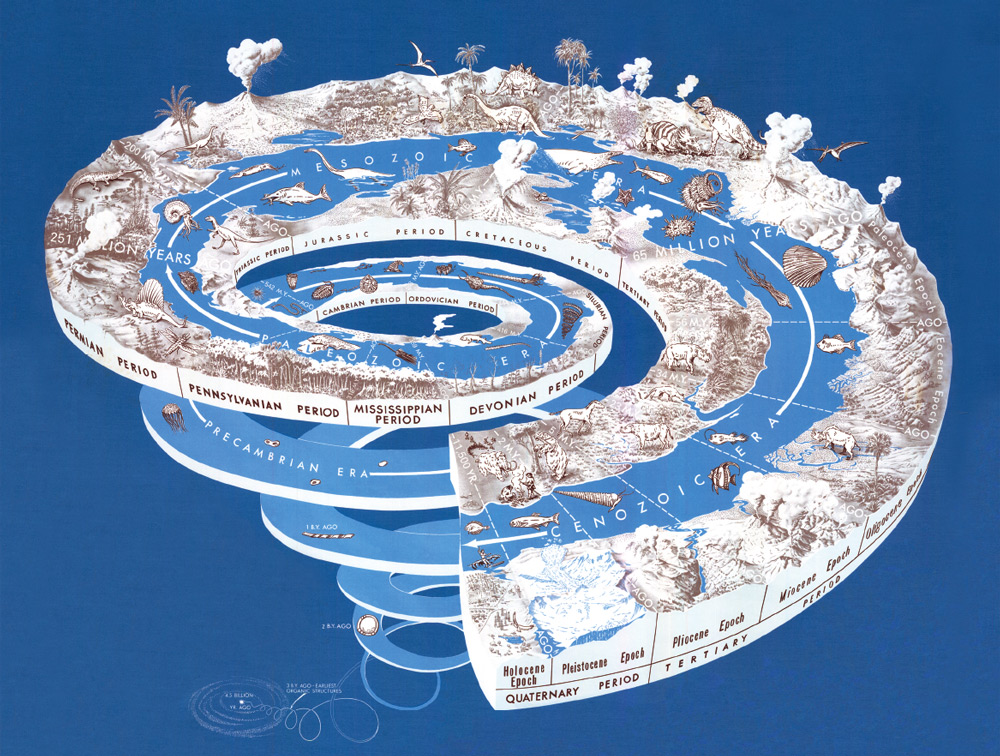A few posts back I showed an article on Great Britain's cycling psychiatrist. I suggested that our sport probably doesn't need psychiatrists in its present state. This week I thought I would punch myself where it hurts, and as the question - do we need coaches in this sport?
 Pictured Above: Cito Gaston and the brain trust.
Pictured Above: Cito Gaston and the brain trust.My thoughts on this topic came up from
this article. Unfortunately, I couldn't get the original studies, but the basic premise (without the study) of the article is questioning the benefit of managers vs. the superstar in baseball. The results from the article suggest that managers can have a greater impact on a baseball team than stars.
Unfortunately, we don't have a huge range of statistics on Ultimate to do a similar study, but we can ask the question (how useful is a coach). As in all our discussions, we need to consider some variables such as the level that the coach is working at, and what the coach brings to the table compared to the player/captains, and the experience of the coach.
First off, I believe the player/captain can do all the activities of the coach except when they are on the field playing. While on the field the captains can't watch the bigger picture game, and I argue, that the big picture game is a process that is hard to do while playing. The nature of the game means that players get tired, have to worry about there own game, and focus on details such as the last play. So, from a simple argument, I believe the coach can provide a benefit over captains doing the various organizational jobs.
Still, how important are coaches/managers in Ultimate? Here are a list of activities that coaches can do, and my opinion if a coach will change the game result regardless of playing level:
- Call lines - slight advantage
- Make team strategy adjustments - slight advantage
- Deal with player adjustments - advantage
- Identify opponent plans - slight advantage
I'm sure there's more items on this list, but that's a starter list for now.
I think the coach helps in Ultimate, but like all positions the coach needs experience on the job, and will make mistakes. The benefit for the captain can be significant (minus the pain of letting go of control), and if this person is your star or stars, then the impact is even more significant. If an Ultimate coach make more significant an impact than a star-player is still questionable. Ultimate sits in between baseball and basketball in terms of individuals impact on the game (arguing stars in basketball can takeover a game), so I'm not sure how the coach impacts Ultimate. Something to think about.
PJ




















































